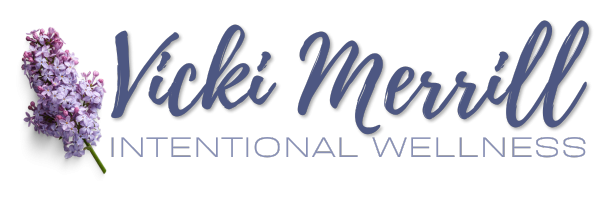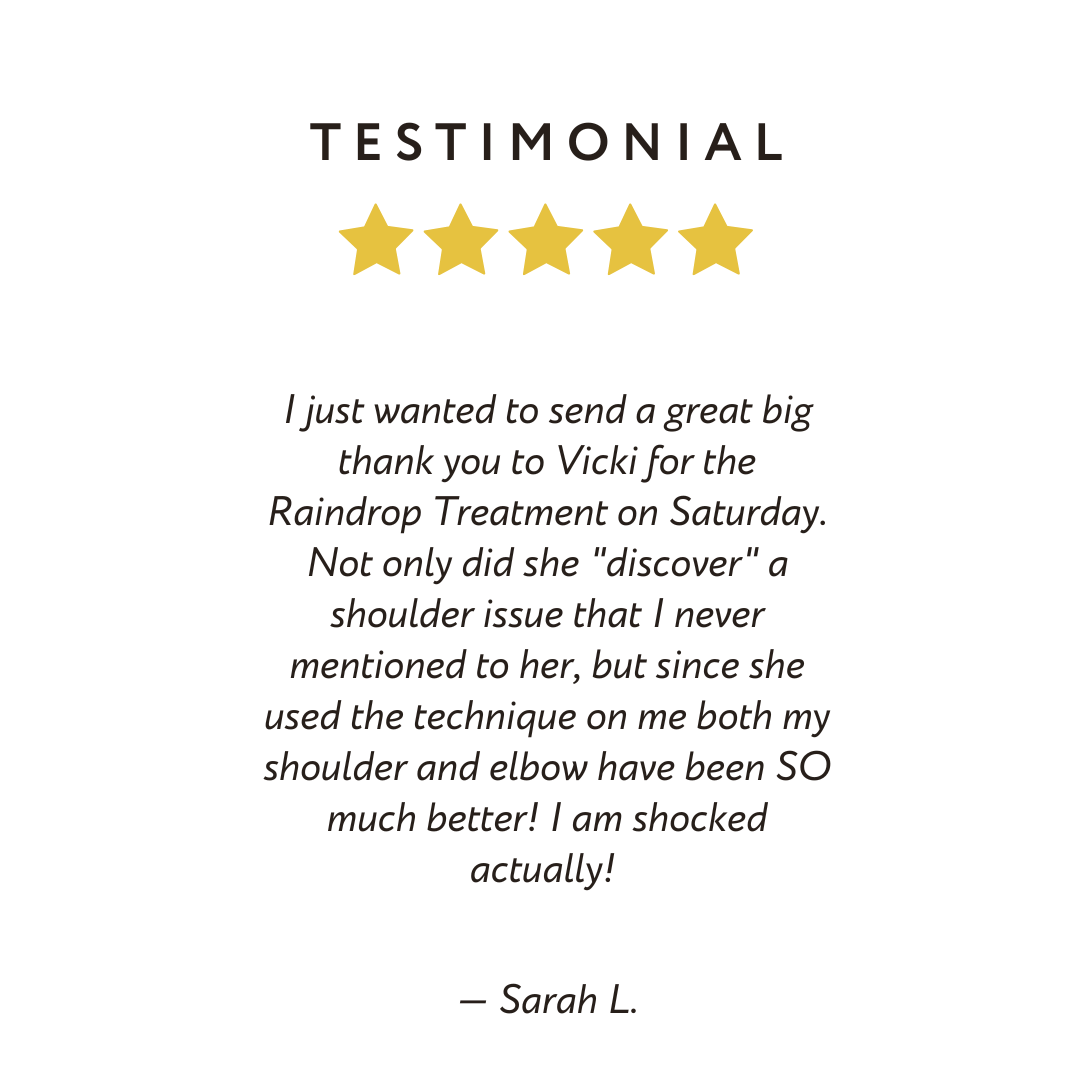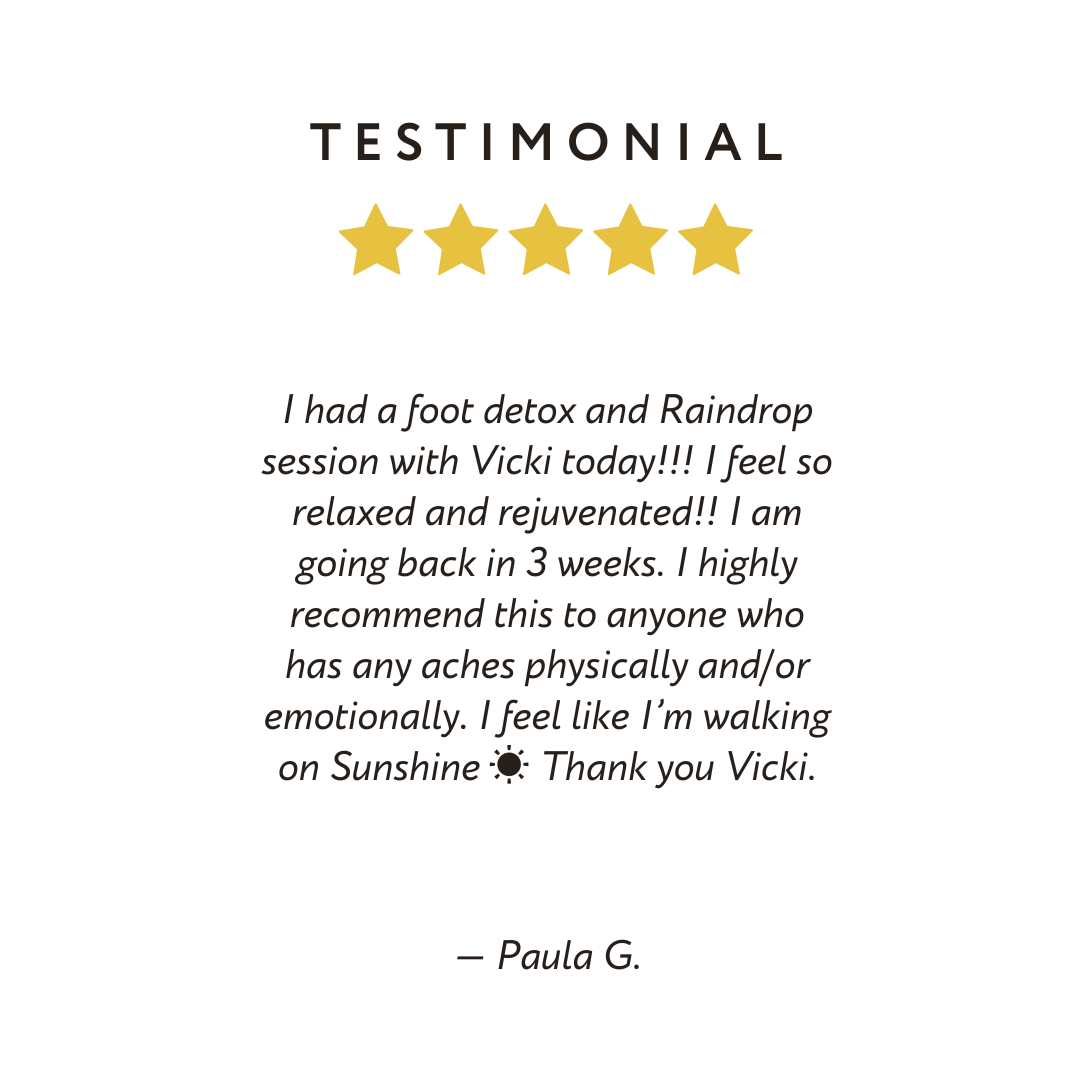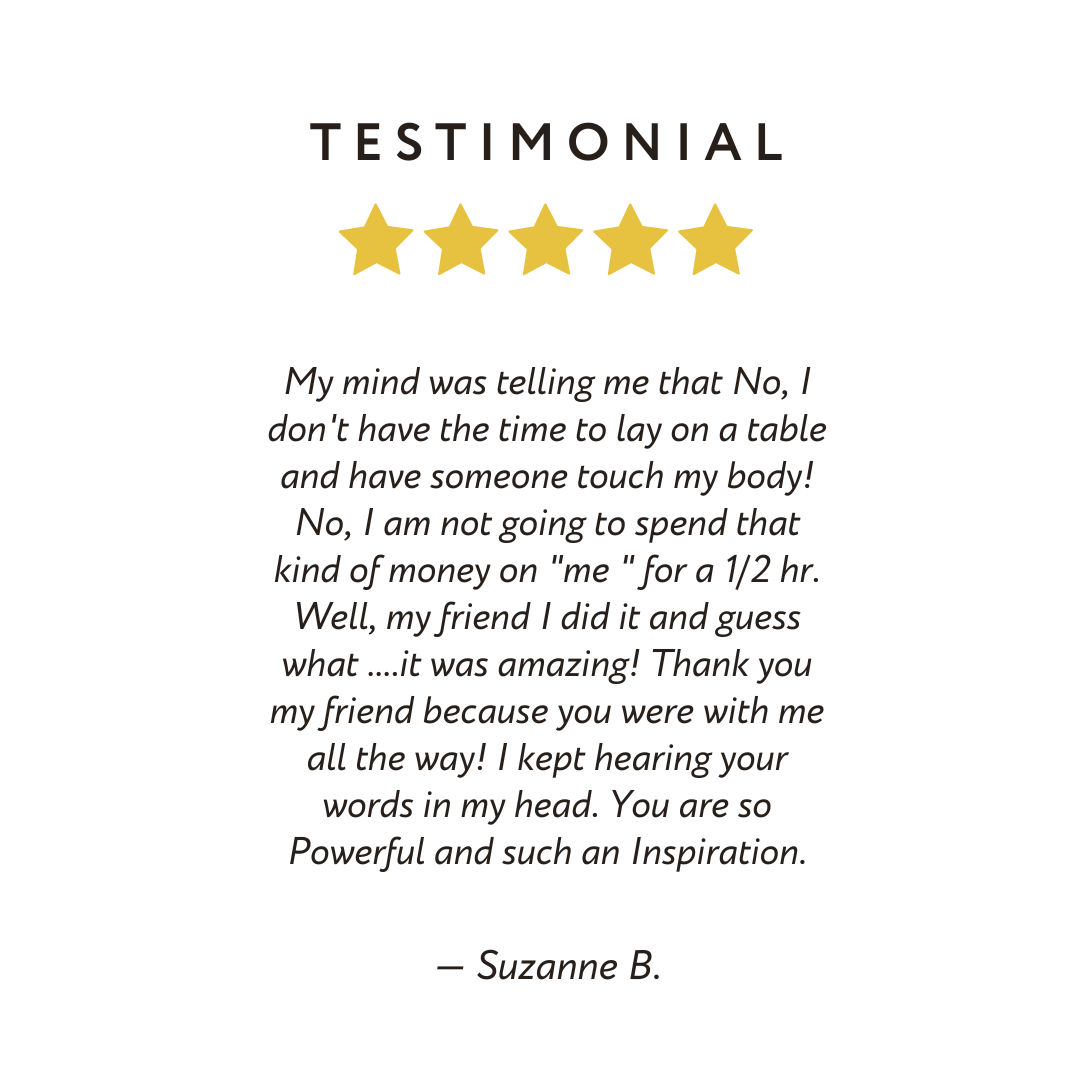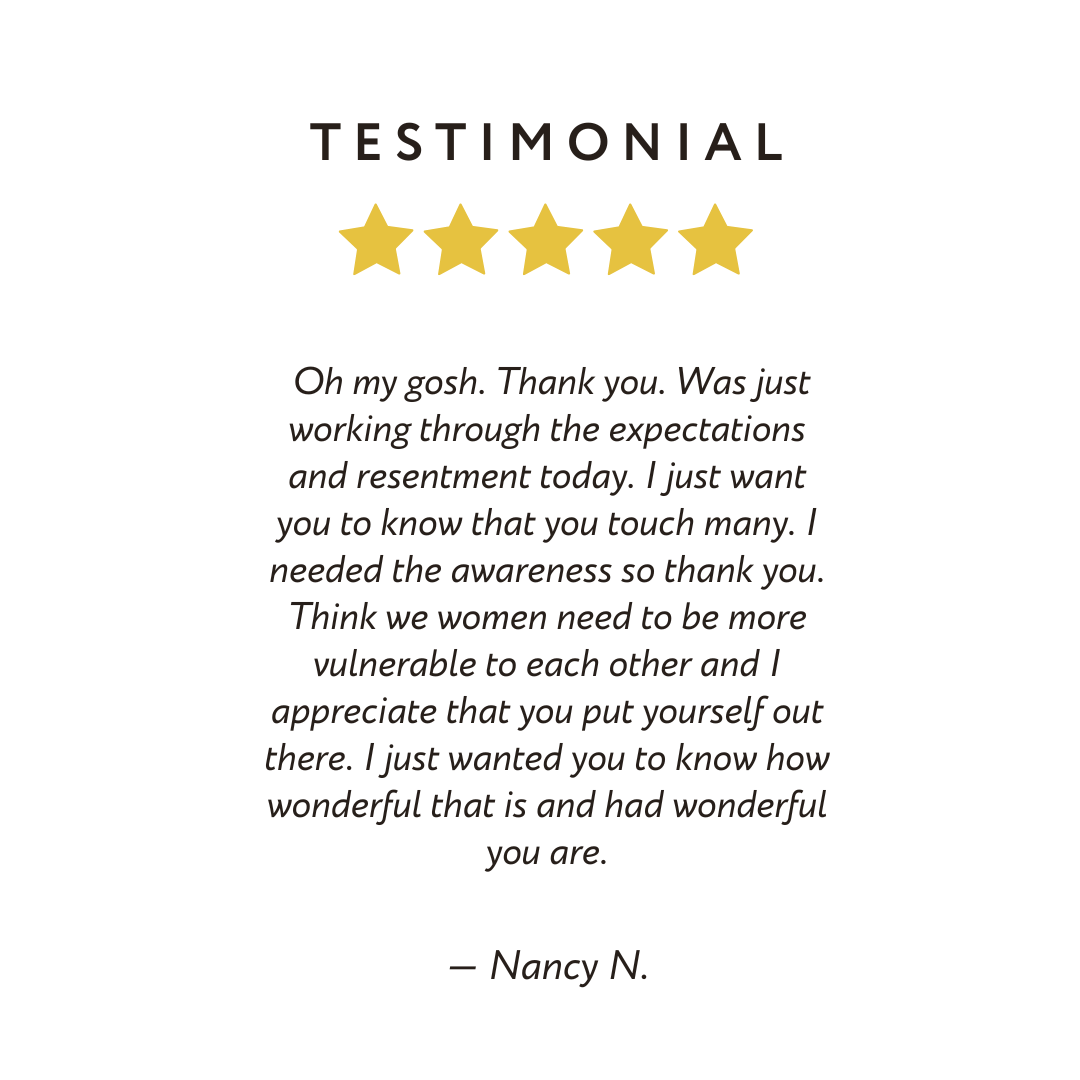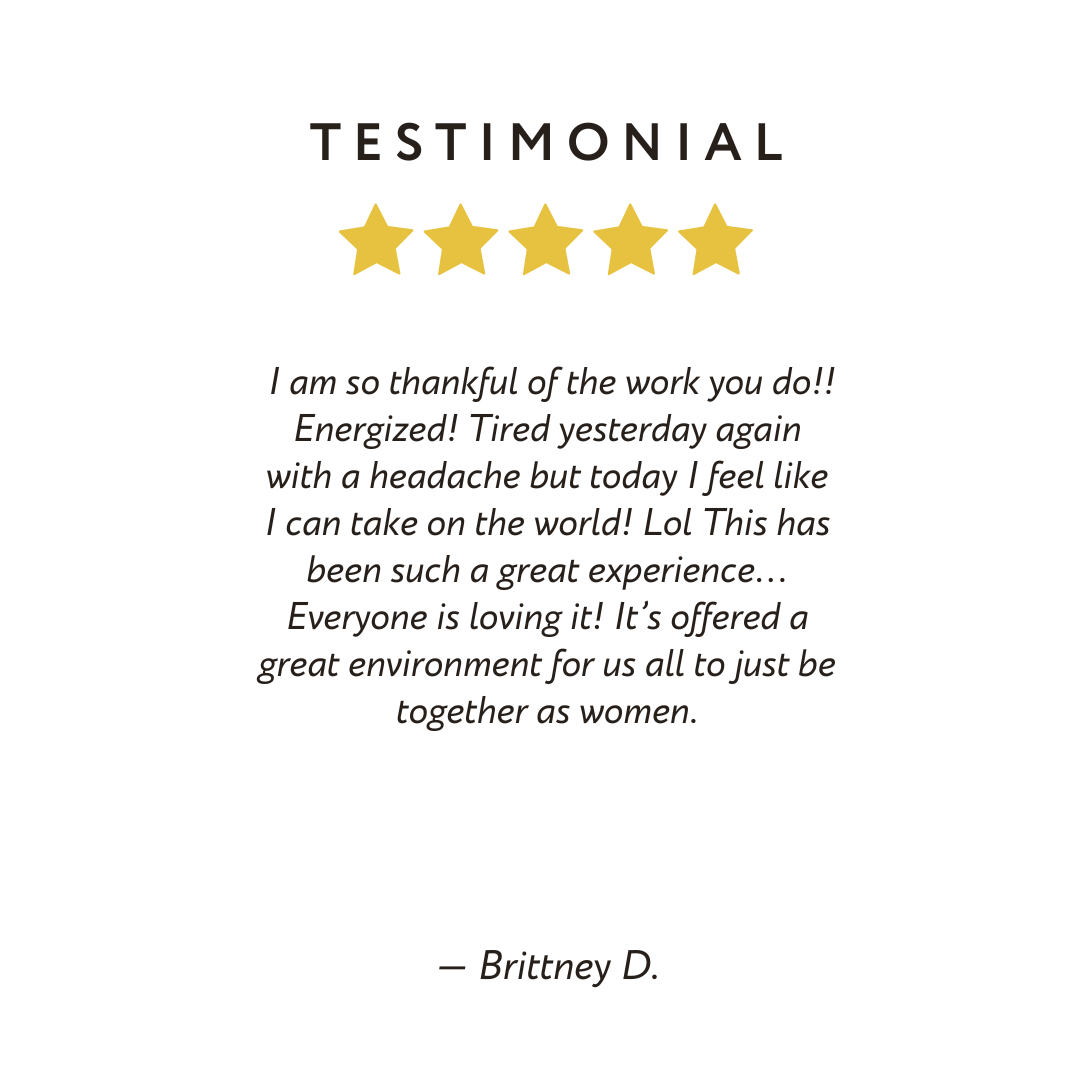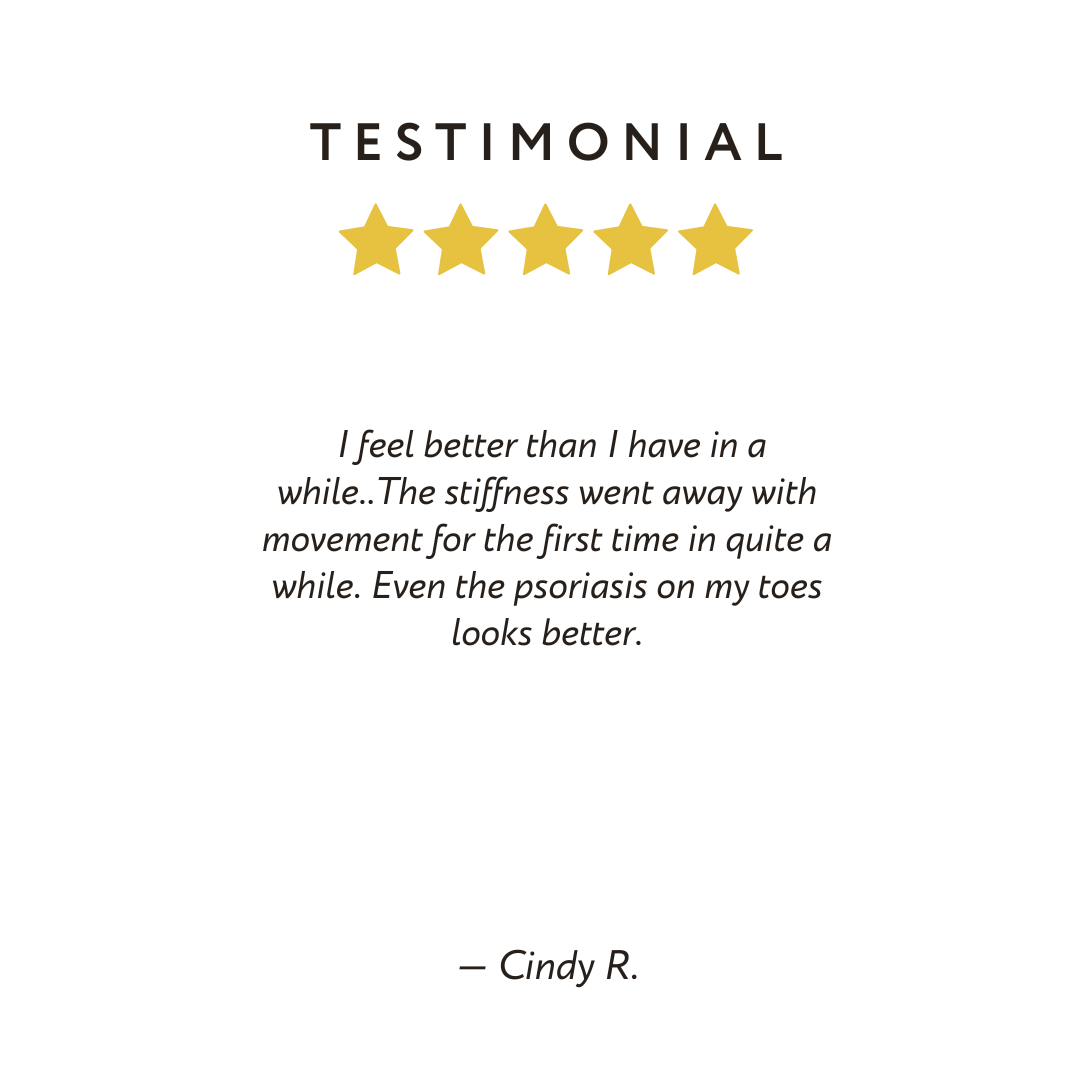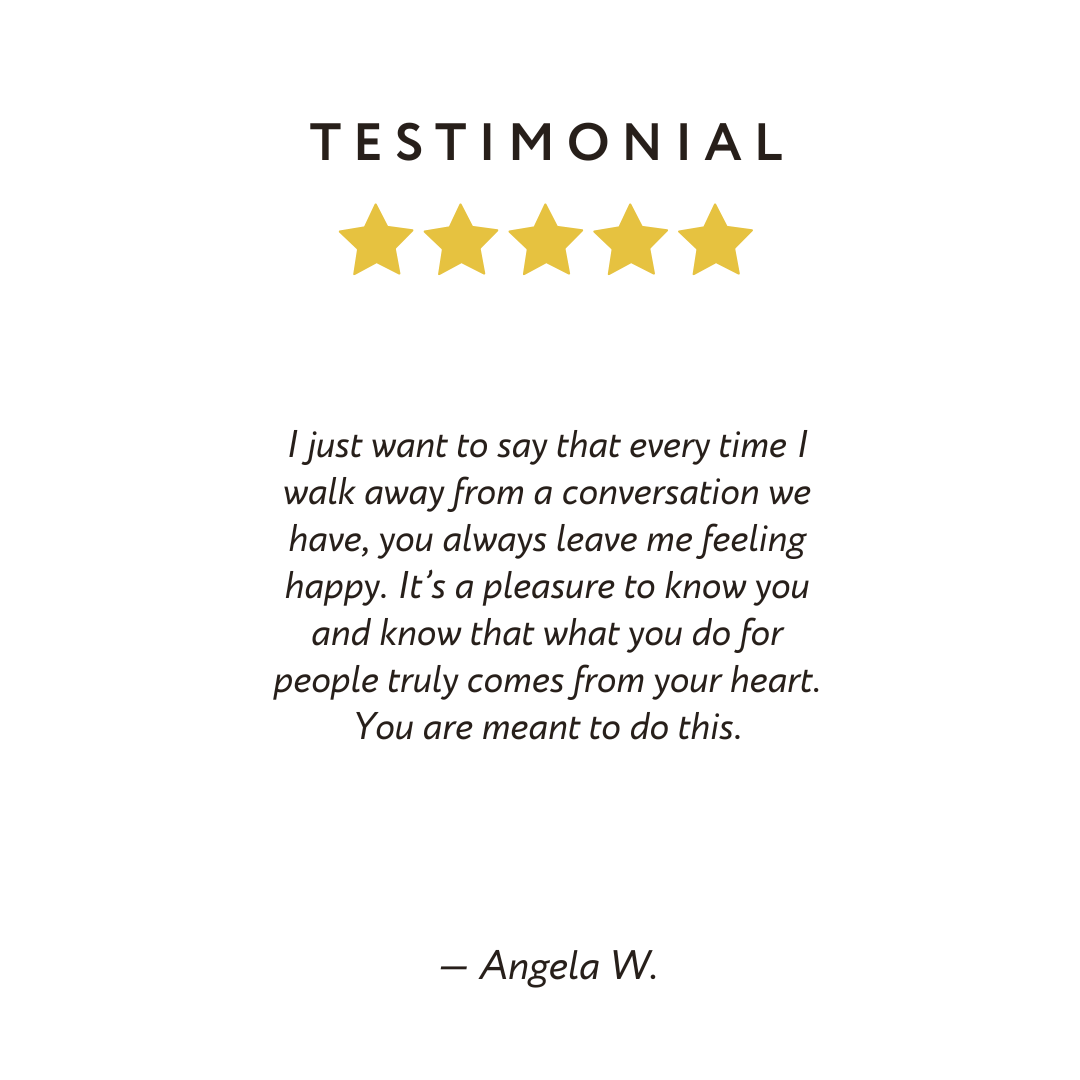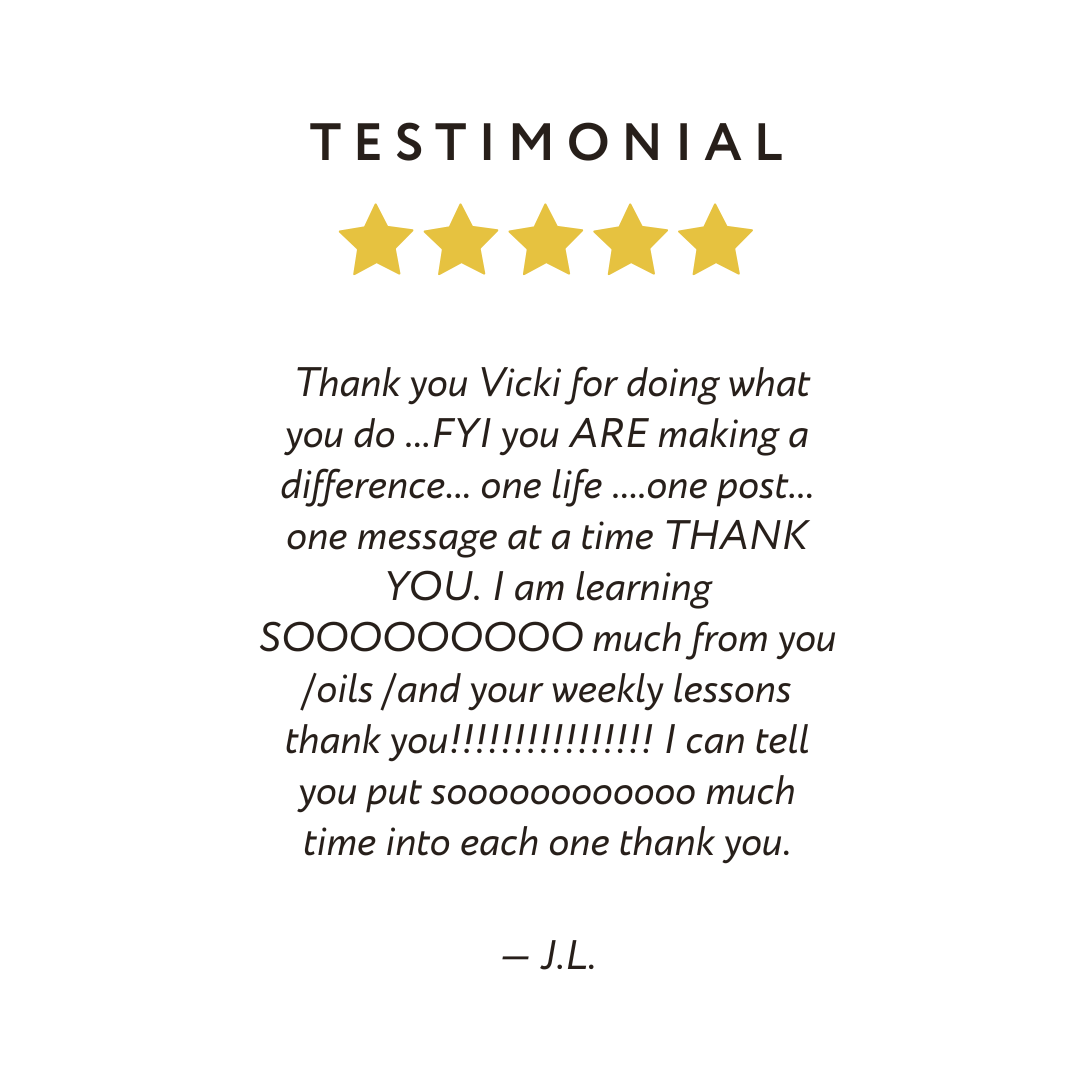Hey, hey, my friend!
Question for you...When you are at the end of your life, you will come face to face with your regrets. All the things you wish you had done differently. What will yours be?
According to Google, the top five regrets people have are wishing they had lived a life that was true to themselves, not one that others expected them to live; they hadn’t worked so hard at their job; that they had expressed their feelings; they had stayed in touch with their friends; and that they had let themselves be happier.
What if I shared with you one thing Dr. Edie from Life Mentoring School says will change your life? Would you be interested? Would you be up for the challenge, so you don’t face the same regrets?
Any guesses what that one skill is that will change your life?
It’s Love. Did you think unconditional love was a skill??

Every beautiful thing you have created in your life has been from love. Friendships. Your home. Your environment. Your family. And, loving others even creates more love in you.
Love just doesn’t happen, but you can create it just by making the decision to love and to get better at it.
C.S. Lewis said, “Do not waste time bothering whether you 'love' your neighbor; act as if you did. As soon as we do this we find one of the great secrets. When you are behaving as if you loved someone, you will presently come to love him. If you injure someone you dislike, you will find yourself disliking him more.”
What would you do if you felt unconditionally loving? Practice those things. All the time. No matter what. It takes courage to love unconditionally.
How would love show up? What would it say? What would it do? How would it act? How would it think? Remember…you get what you think about…so what if all you focused on was love?
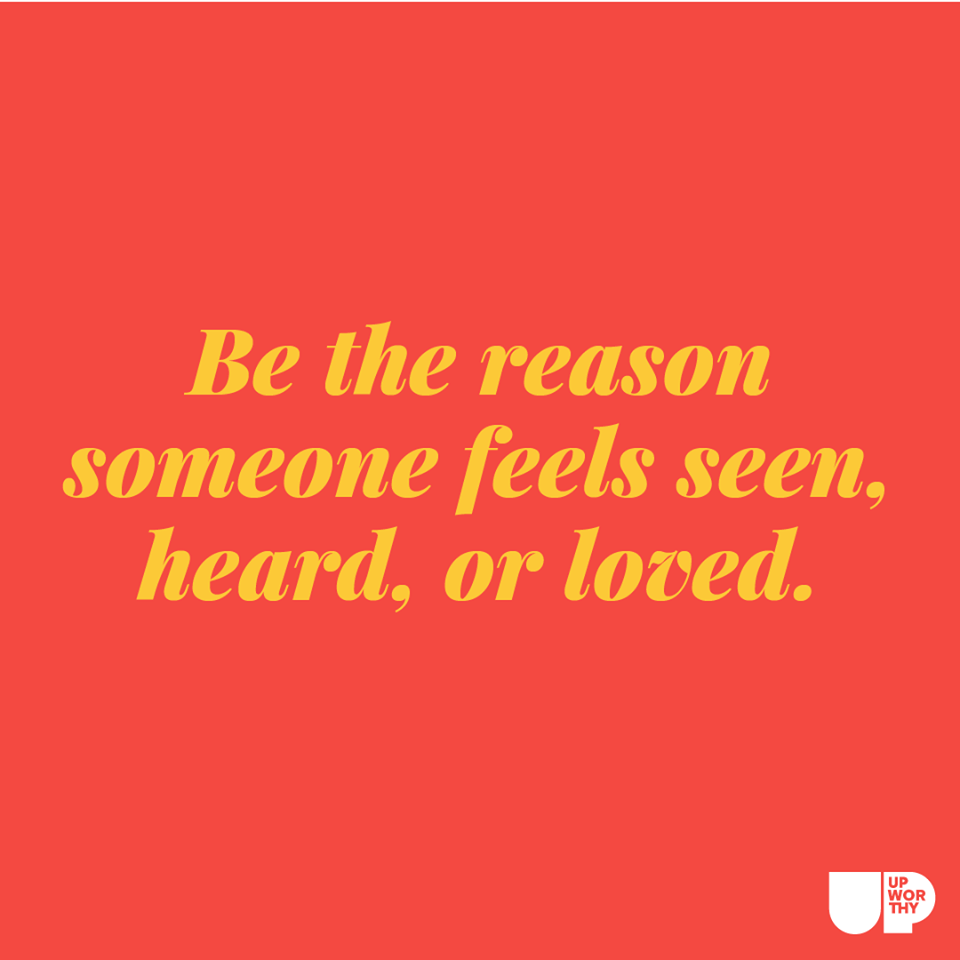
Do you know anyone who is a master of unconditional love? That loves no matter what? How do you feel when you are around them? What about after you have been with them? That feeling of love lingers, doesn’t it?
Is loving unconditionally hard? Absolutely. You will still struggle because we all see things differently. You think you are right and they are wrong. They aren’t doing their part, or they aren’t doing it right…It’s all in your perspective
What about those people who are a bit harder to love? They are your teacher…your assignment…your curriculum. God gives you those difficult or hard people because He knew committing to loving this person would bring up sooo many unlovable things in you that need to be worked on…I’m sure you can think of a few people in your life that are here to teach you lessons, to teach you how to be a better person, where you need to grow, where you need to let go.
Learn to receive love. Open your heart and be receptive. Stop listening to the negative stories your brain wants to tell you.
Love is what makes things beautiful, and magical. Choose love. It’s a skill to practice. Are you up for it?
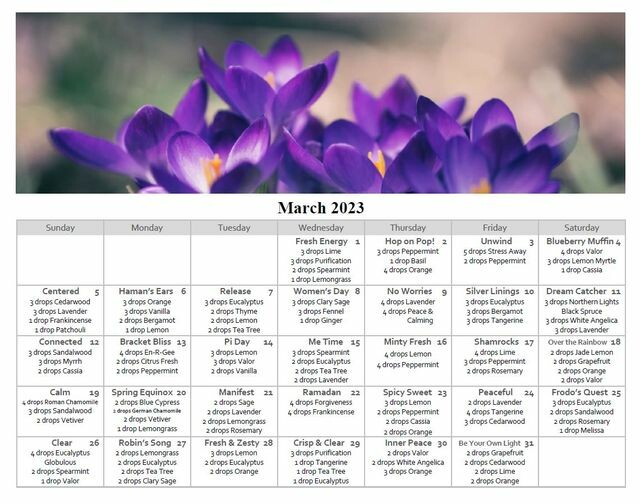
If you are up for a little more emotional work, mark your calendar and join us for our next “Second Sunday” event, March 12 at 2pm. We will be talking about and exploring emotions and learning about some great tools to help you on your journey. Again this month, space is limited, so simply hit “reply” and let me know you would like a spot. If you are like me and feel better with an adventure buddy by your side, feel free to invite a friend who could also use this information.
Jack Canfield says, "Life is like a combination lock, if you know the right numbers, in the right order, regardless of your race, gender or anything else, you can have anything you want. It doesn’t matter who you are – the lock has to open for you."
Who remembers Muhammed Ali?? Am I dating myself? LOL He says, “Impossible is a big word thrown around by small people who find it easier to live in a world they’ve been given than to explore the power they have to change it. Impossible is not a fact. It’s an opinion.”
What if you changed impossible to “I’m possible”?
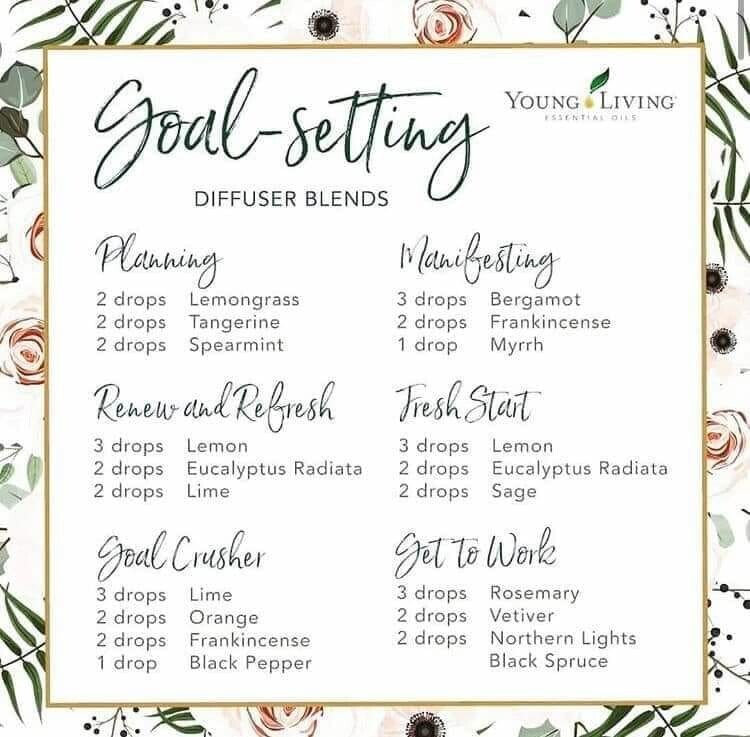
Between the ages of 3 and 8, maybe 9, you decided you aren’t attractive, you’re not smart, you can't do math, people don’t like you, it’s not okay to ask for help, or to ask for anything at all…Our long held subconscious beliefs continue to get in our way even today.
Now consider this...the two most powerful words in our language are “I am”. Anything after those words, our subconscious takes as a command. Think about it. What words to you pair with I am?? Is it really what you want?? Do you really want to be fat, ugly, sick, tired, stressed, lonely, broke, unworthy, overwhelmed, exhausted...Remember, you get what you think about whether you want it or not...
Don't believe me?
Have any of you ever seen or tried Dr. Masaru Emoto's rice experiment where you talk positively to one jar of rice, negatively to another and completely ignore the third jar for 30 days? We have done it and it is crazy! Check out his experiment by clicking here. Try it for yourself! You will be amazed...
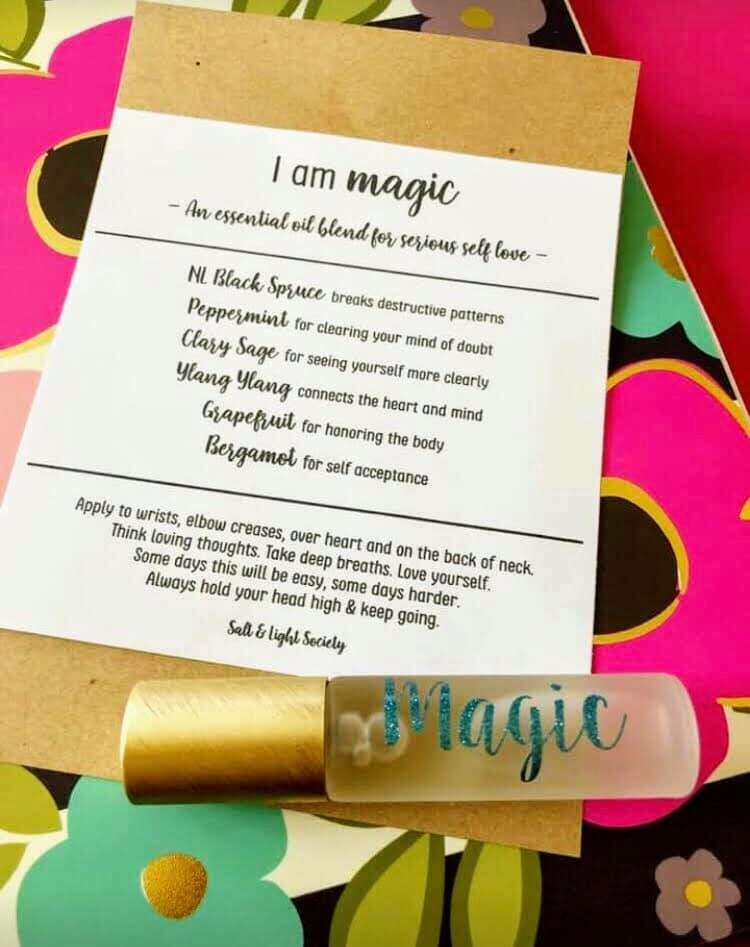
What do you need to let go of that your 8 year old self believed?? Grab your oils. Smell them right from the bottles. What ones are you drawn to? What ones do you not like at all? The ones you are drawn to, you need physically. The ones you cannot stand the smell of? Those are the ones your emotions need. Don’t set them down and walk away. Take the one that smells the worst to you. Put it on your feet. Put socks and shoes on after if you need to, or stuff them under your blankets. But put the oil on. You can do this with more than one oil at a time, if you want, but at least use the one that is the worst for you. I promise, over time, if you continue to use it consistently, you will come to like or even love it, as the negative emotions are released and your cells are reprogrammed. I challenge you. Do it for at least a week, or a month, or longer. You will feel the shift. Then pick another oil…It’s truly that simple. You know my Stress Away story…
You are an amazing creation and you are here for a purpose. Don’t let another day go by without realizing that.
Want to know what my handy dandy blue books says for what oil to use for that emotion that keeps you awake at night?
Have an area in your body that hurts, an issue or dis-ease you would like to see the emotional baggage behind?
Just curious and want to chat more?
Simply hit "Reply". I'm here to walk alongside you on your path to wellness, purpose and abundance. If you're ready, let's get started on the journey!
What if falling apart is an opportunity?
We’ve all had those times when things fall apart. It can be hard. It hurts. You feel lost, insecure and maybe even like a failure. You may wonder if you can even put the pieces back together, worried that things will never be the same again.
But…what if nothing actually went wrong? What if everything falling apart actually made things come together? What if it was a gift? What if it opened up an opportunity to re-build your life from the ground up, with a stronger foundation than ever before??
What if, with all the pieces scattered about, you got to intentionally choose how to rebuild, or maybe build your dream life?
Sometimes things fall apart so better things can be brought together.
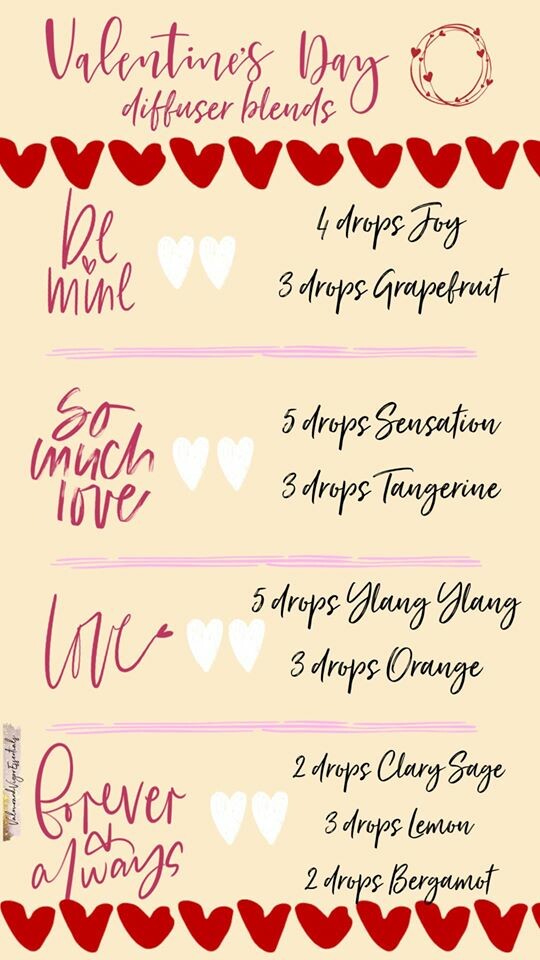
We are told from an early age that to be successful in this life, we have to accomplish certain things, reach certain mile markers – graduate high school, go to college, make a lot of money, get the promotions, have a beautiful house, the best car, travel the world, have influence and power…
Is this really all you want your life to be measured by? Are there other things more important? More meaningful? More inspirational and valuable? What if you defined the meaning of success for yourself? What would it be?
A post from The Daily Rest said, “What if your markers of success were how well you slept last night? How many books you read? How easily you laughed? How much time you spent story telling or feeling warm in the arms of and homes of people you adore?”
What if our most valuable contributions and achievements were how much time you spent with the people you love? How well you take care of yourself and others? How much energy you devote to activities that fill you with joy and passion? How would that feel?
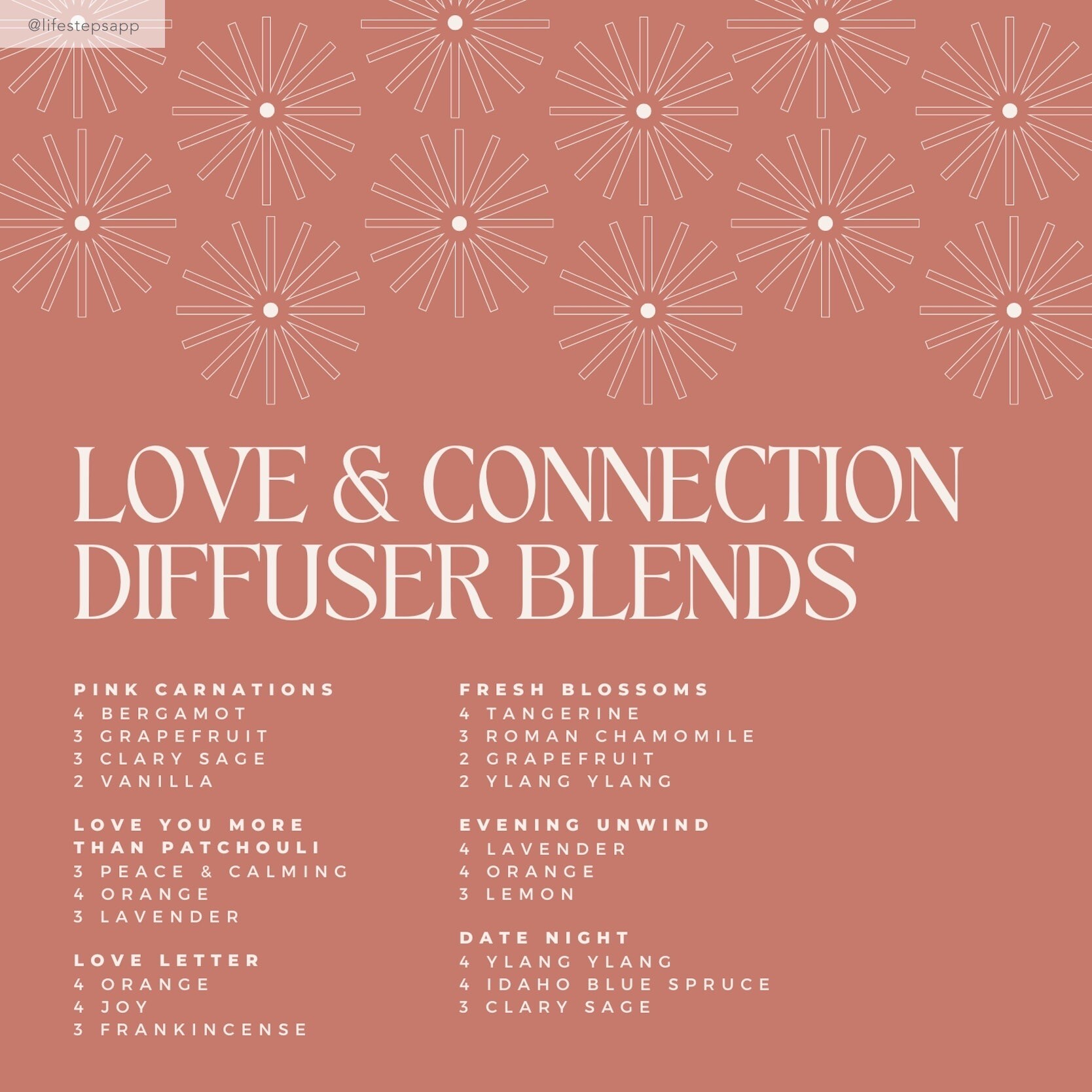
Success doesn’t have to mean meeting or surpassing major milestones or getting the titles they bring. It can simply look like laughter, abundance, love, friendship, freedom, safety, good sleep, delicious food shared with friends and family, hobbies…
Are you brave enough to challenge the standards and challenge others to do the same? Together we can redefine what success looks like, but ultimately, the change starts with you.
My challenge to you is to really think about what success means to you, what it looks like to you…and then create your own definition and live it passionately.
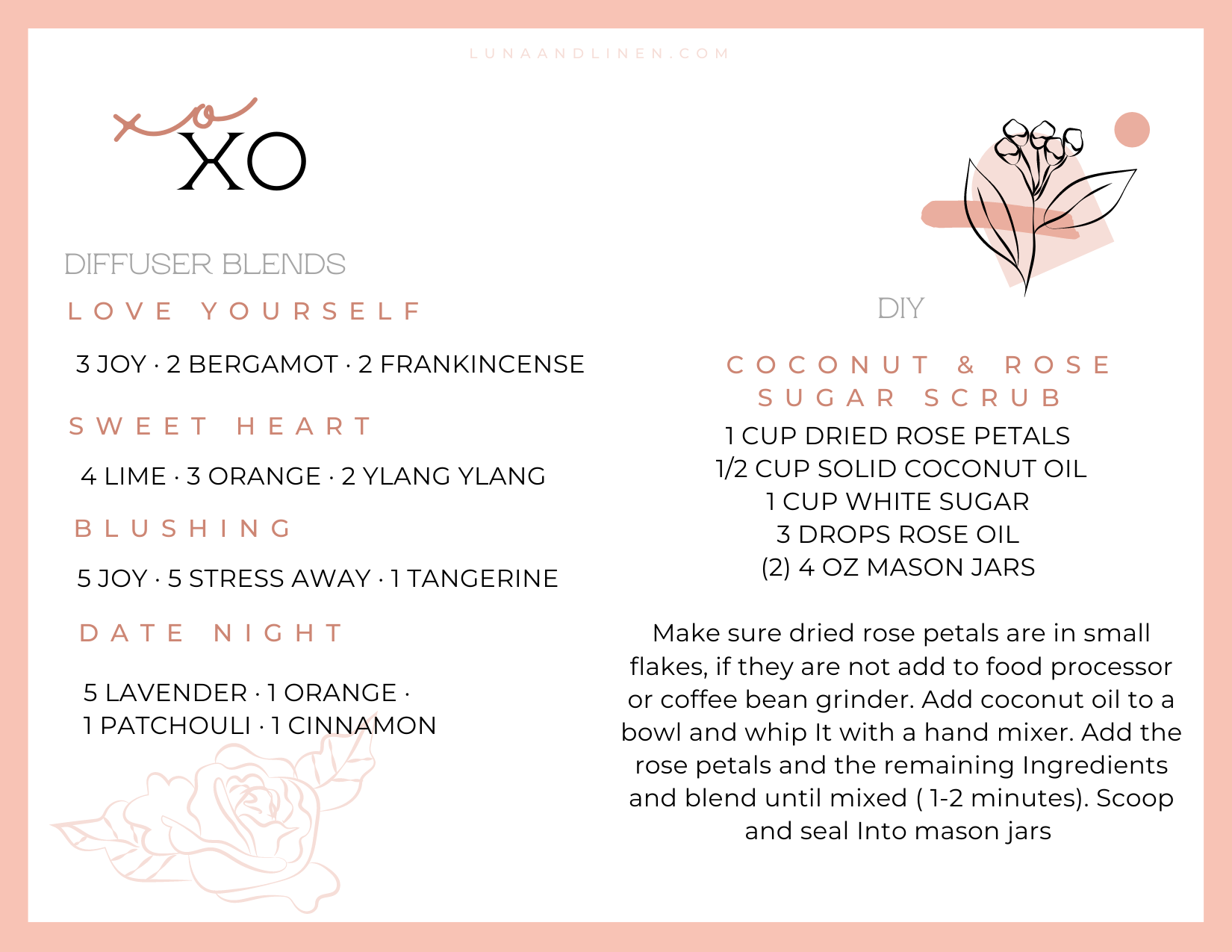
(text tweaked from The Tapping Solution app, Daily Inspiration)

Winter is a season for comfort foods and drinks, and adding oils is a great way to increase health benefits at the same time...for all recipes. Simply heat all ingredients, except the oils, in a pot over the stove, until just hot. Don't boil. Remove from heat, add the oils and stir to combine. Serve in your favorite mugs and top as desired. Easy peasy!
Spiced Cinnamon Cider
A steaming mug of hot cider is the perfect remedy to cold, wintry days. Serve it after a day of sledding or hiking to warm up from the inside out, or just enjoy while you are curled up with your favorite book or playing games with the crew.
- 8 cups apple juice or cider
- 4 cups orange juice
- 1 cup pineapple juice
- 9 drops Cinnamon Bark Vitality
- 6 drops Cardamom Vitality
- 4 drops Clove Vitality
- 4 drops Nutmeg Vitality
- 3 drops Citrus Fresh Vitality
- Sliced oranges
- Cinnamon sticks
- Add all ingredients to a large pot and stir to combine. Heat until simmering. Simmer for 30 minutes. Serve warm in a mug. Garnish with sliced oranges and cinnamon sticks, if you are fancy like that. ;)
Maple Cinnamon Latte
- 12 ounces brewed, strong organic coffee
- 1/4 cup milk of choice
- 1T organic maple syrup (add more to taste)
- Organic ground cinnamon for dusting
- 1 drop Cinnamon Bark Vitality essential oil
- 1 scoop Inner Beauty Collagen
- Optional: Electric milk frother
- Grab your favorite coffee mug and line the bottom with about a tablespoon of maple syrup.. Pour the brewed coffee on top and stir gently to mix. Add the milk and essential oil (if using) to the frother, hit the button once, and wait while it warms. When ready, pour the milk into your coffee, top with a sprinkle of cinnamon and a small drizzle of maple syrup or a small sprinkle of raw sugar if desired!
Homemade Hot Cocoa
Wind down and warm up with your favorite mug brimming with homemade hot chocolate. You can add any Vitality oil to your recipe, but these three are favorites - Lavender Hot Cocoa and Peppermint Hot Cocoa! Or how about Mexican Hot Cocoa for a festive twist?
Lavender Hot Cocoa
- 4 cups milk of choice
- 8 Tbsp unsweetened cocoa powder
- 1 tsp vanilla extract
- 4 tsp honey, or more to taste
- 4 drops Lavender Vitality essential oil
Peppermint Hot Cocoa
- 4 cups milk of your choice
- 8 tablespoons unsweetened cocoa powder
- 1 tsp vanilla extract
- 4 tsp honey, or more to taste
- 2 drops Peppermint Vitality essential oil
Champurrado Mexican Hot Cocoa
- 4 cups milk of your choice
- ½ cup honey or agave
- 2 Mexican chocolate tablets
- ¾ cups masa harina (corn flour)
- 2 drops Cinnamon Bark Vitality essential oil
- 2 drops Orange Vitality essential oil
What's your favorite winter recipe??
Not sure about winter where you are, but it has been making its presence known here for a few days now... I love how life slows down this time of year (well, at least it's supposed to...), a crackling warm fire, baking, and settling in early. You??
If you love do-it-yourself fun, this is for you!

- 15 drops Evergreen Essence Essential Oil Blend
- 10 drops Vanilla Oleoresin
- 10 drops Tangerine Essential Oil
- Add essential oils to a 2oz glass spray bottle, add a splash of witch hazel & top with water! Spritz on all the things!
DIY Frosted Forest Hand Soap
- Foaming hand soap bottle or recycle a YL one!
- 2 Tbsp Liquid Castile Soap
- 10 drops each Peppermint, Idaho Blue Spruce essential oil
- 5 drops Vetiver essential oil
- 1 tsp Vitamin E oil
- Add essential oils, Vitamin E oil and Castile Soap to the bottle, then top with water leaving 1" at the top
Sugar & Spice Wool Dryer Balls
There's something about the smell of warm fresh laundry fresh from the dryer - especially when combining Thieves Laundry Soap and essential oil infused wool dryer balls!
- Organic wool dryer balls
- Ylang ylang, Vanilla & Cinnamon Bark pre-mixed in a dropper bottle, about 10-15 drops of each
- Add 4-5 drops of essential oils to each dryer ball.
- Let the dryer balls air dry for about an hour or to speed up the process you can dry them alone. This will allow the oil to absorb into the wool and not transfer to your clothes.
- When it's time to dry your clothes - toss the dryer balls into the dryer with your clothing. Refresh the oils every 4-5 loads or more often if you prefer a stronger scent.
Winter Spice Orange Garland
This is one of our favorite things to do every year. It is beautiful, smells amazing, adds a lovely touch to any room and is so easy to make. It may be a holiday tradition for some, but leaving it up or making it in the new year is a great way to add a touch of brightness to your home!
- About 5 oranges or a mix of oranges, Clementines and grapefruit for varied sizes and colors
- Essential oils: Cinnamon Bark, Vanilla, Clove, Believe, Thieves
- Fresh cranberries and cinnamon sticks (optional)
- Slice your oranges in circles to ¼ to ½ inch in thickness and arrange them on a non-stick surface or parchment paper. Pour 2-3 drops of essential oils on each slice, then set them in a cool oven and turn the temperature onto the lowest setting your oven will allow. (If your oven does not go below 300, set it there and use a wooden spoon to prop the oven open slightly and allow some heat to dissipate.)
- Leave the slices in the oven for about 5 hours, then shut the oven off and leave the oranges in there overnight or until completely cool. They will be fairly dry, but will continue to dry out over time. You don't want to over dry them in the oven because they can start to burn!
- Once they are dry, string them with some twine, alternating with a few varying sized slices and a cranberry or two, a tied cinnamon stick, whatever you like!
